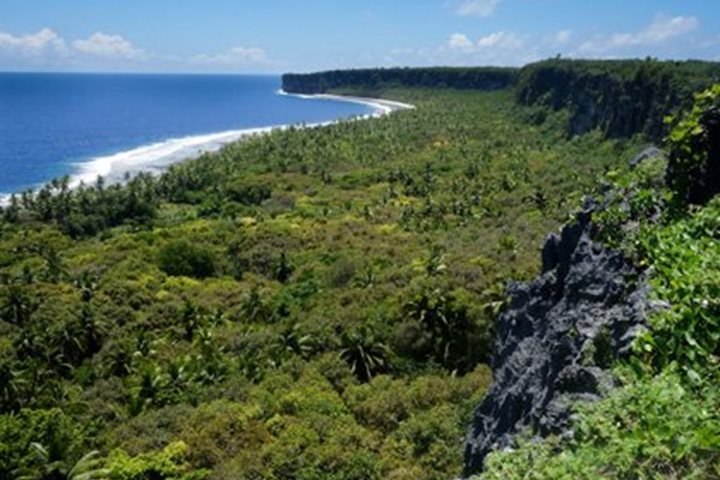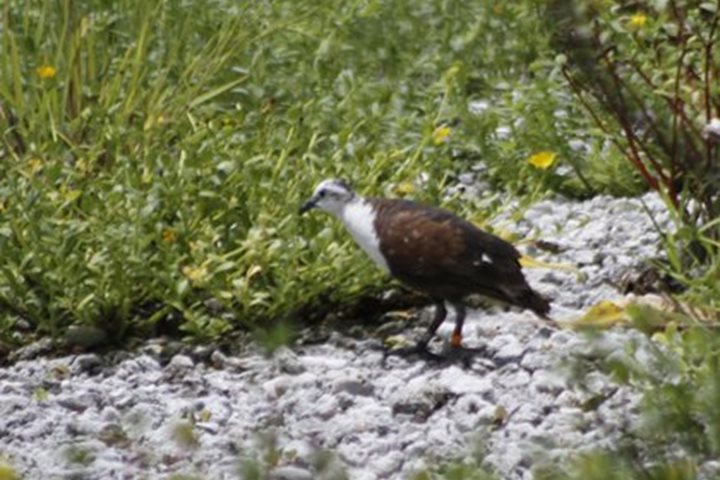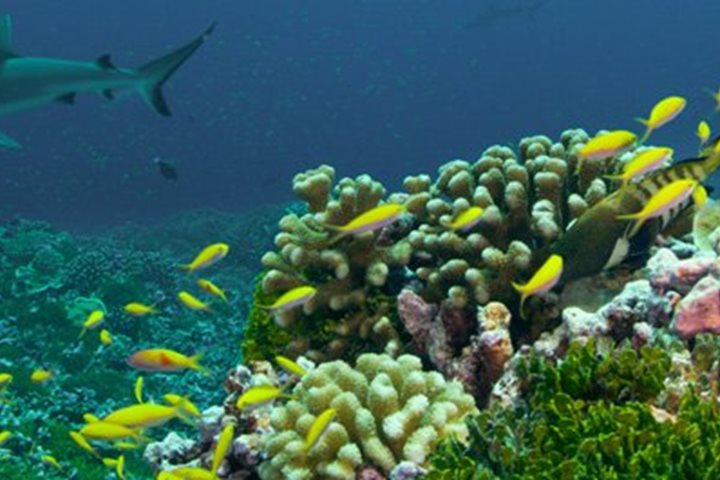Ferdinand Magellan, a Portuguese military man, sought a westward route to the Spice Islands, but was rejected by Portuguese King Emanuel. Therefore, Magellan renounced his Portuguese nationality and in 1517 requested backing from Spanish King Charles I, who agreed to sponsor his expedition. The success of the voyage would prove to be of great importance to Spain, because Portugal already controlled the eastward route around Africa to the Spice Islands. Magellan set sail from Seville on August 10, 1519, with five vessels and 280 men and after more than one year of searching for a way through or around South America, finally made his way via the Strait of Magellan (named for him) to reach the great body of water now known as the Pacific Ocean (named by him). He then continued on his westward voyage and managed the almost impossible feat of crossing the entire Pacific Ocean from the southern part of South America all the way to Guam and the Philippines without discovering anything in between…with the exception of an atoll in the Tuamotus and tiny Flint Island, where we are today. At first glance, one would think Flint Island, with its extensive coconut plantation, must have been a godsend to his starving and scurvy-ridden men, but we have to remember that the coconuts were not here during Magellan’s time. The palms were planted in the late 19th century by a British company wanting to produce copra. Nor were there any people inhabiting the island during Magellan’s time who could give them aid. The survivors were able to catch several sharks here, which inspired them to give the island the name Tiburones (the Spanish word for sharks). Two years later, on Sept. 9, 1522, the last remaining vessel, the Victoria, returned to Seville with only 18 survivors (which did not include Magellan). This was the first expedition to have circumnavigated the globe.
Our expedition stop today lacked the desperation of Magellan’s visit so long ago, but we were no less excited to be here. We made a landing right after breakfast onto the exposed reef flat and spent a couple hours or so exploring this densely vegetated island with an amazing, hard-packed coral rubble beach all around the outer edge. Flint Island is not a typical atoll, although it has the same general geological history. The original volcanic structure that gave rise to the island has long ago eroded and/or subsided deep below the present sea level, thus allowing coral growth to completely cover the structure near the surface, and even build up a sand island in the center. There is no central lagoon…it is just a long, narrow island (about 4 km by 0.8 km, or 2.5 miles by 0.5 mile) surrounded by a reef flat and a vibrant coral reef. Those who went ashore this morning were able to walk on the beach and meander through the narrow band of tournefortia bushes that seemed almost as though they had been planted for someone’s pleasure. Most of the island is covered with coconut palms, including both mature trees and countless thousands of sprouted coconuts that have filled in most of the gaps between the trees. Inside the palm forest, we were able to view many white terns and black noddy terns perched or nesting overhead in the Cordia trees, as well as lots of tiny skinks crawling around the leaf litter. The most exciting creatures spotted onshore must surely have been the immense coconut crabs. These impressive beasts are the largest terrestrial arthropods on Earth. They can tear open coconuts with their huge pincers! Imagine if one of them got hold of you in anger. The shore people also got to watch young black-tipped reef sharks swimming around in the large, open tide pools as they chased mullet schools.
The rest of the day was devoted to activities in the gin-clear waters…SCUBA diving, snorkeling, and tours in the glass-bottom Zodiac. The reef is very healthy, with near total coverage by live corals. The dominant fishes in the shallows were black triggerfishes and various dark-colored surgeonfishes, but deeper waters held lots of larger snappers, groupers, and several species of sharks. It is noteworthy that the species diversity of both corals and fishes have definitely decreased as we have gotten more remote and isolated from the so-called Coral Triangle located in eastern Indonesia and Melanesia now far to our west (where we started our voyage), but that is to be expected as shown by the study of biogeography.







